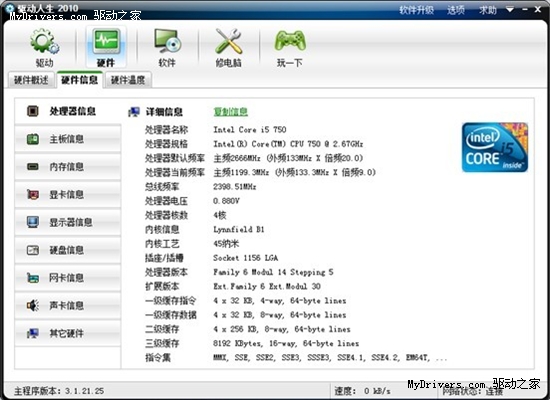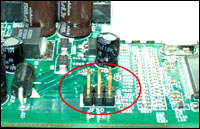Laravel提供的缓存工具很好用,手册里介绍了一些基本的用法,比如get,put,forget,forever等,一开始我是像下面这样使用的:
复制代码代码如下:
if (!$article = Cache::get('article_1')) {
$article = Article::find(1);
Cache::forever('article_1',$article);
}
这是最基本的用法,自动判断缓存是否存在,不存在则从数据库中取并写入缓存。
后来发现模型也自带remember 和 rememberForever方法,例如可以这样:
复制代码代码如下:
$article = Article::rememberForever('article_1')->where('id','=',1);
这个有局限性,在复杂查询时并不能完全缓存数据,比如使用了with()预加载关联数据时就无法缓存关联数据。
然后发现Cache也可以像Response那样自定义宏方法,遂作如下尝试:
复制代码代码如下:
//注册缓存存取宏
Cache::macro('want',function($key,$minutes=0,$callback){
if (!$data = Cache::get($key)) {
$data = call_user_func($callback);
if ($minutes == 0) {
Cache::forever($key,$data);
} else {
Cache::put($key,$data,$minutes);
}
}
return $data;
});
这个方法可以放在bootstrap/start.php里,也可以放在filter中的App::before()中,随自己项目方便吧,看下如何使用的:
复制代码代码如下:
$id = Input::get('id');
$article = Cache::want('article_'.$id,0,function() use ($id){
return Article::with('tags')->findOrFail($id,['id','cid','title','content_html as content','created_at','updated_at']);
});
个人挺喜欢这种写法的。希望大家能够喜欢本文内容。

















